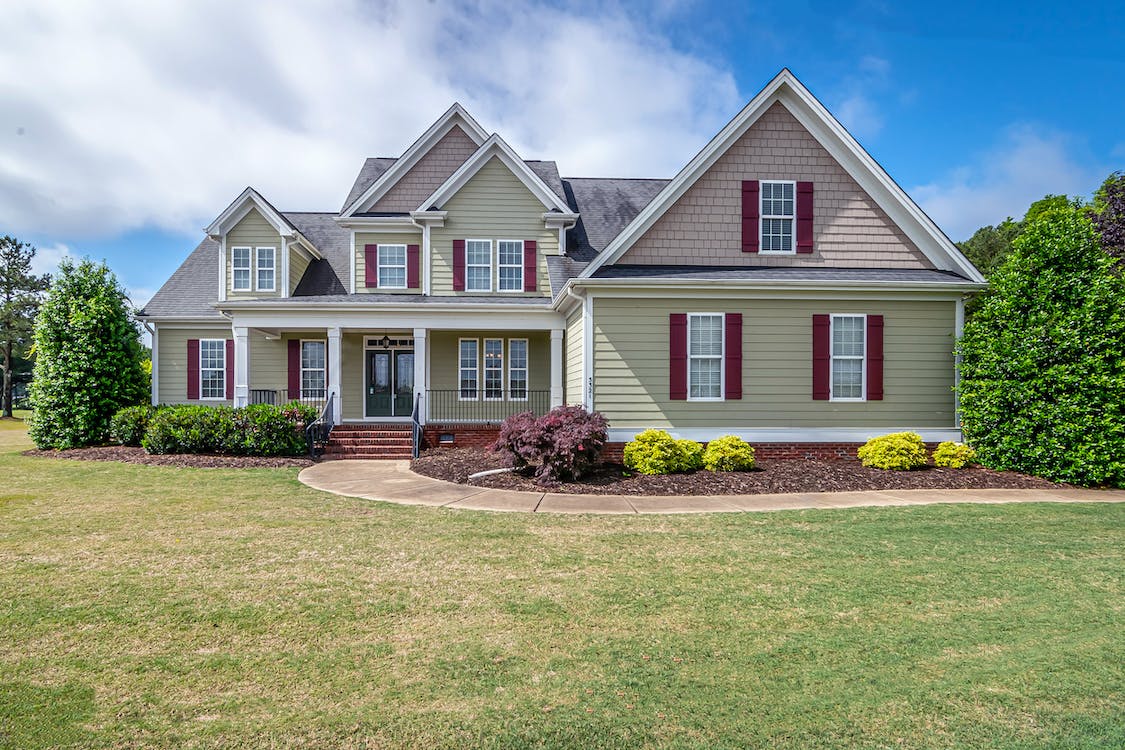
Declining Home Sales in July as Supply Reaches Near Quarter-Century Low
Sales of previously owned homes declined by 2.2% in July from June, reaching a seasonally adjusted annualized rate of 4.07 million units, as reported by the National Association of Realtors.
Compared to July of the previous year, sales were 16.6% lower. This marks the slowest July pace for home sales since 2010.
It is important to note that this count represents closings, meaning that contracts were likely signed in May and June when mortgage rates increased from around 6.5% to well over 7%.
Sales decreased on a monthly basis in all regions except the West, where there was a 2.7% increase. The largest drop in sales occurred in the Northeast, with a decline of 5.9%.
The National Association of Realtors attributes the decrease to higher interest rates and limited housing supply. At the end of July, there were 1.11 million homes for sale, which is 14.6% fewer than in July 2022 and only half of the supply before the Covid pandemic.
Considering the current sales pace, this represents a 3.3-month supply. A balanced market typically has a six-month supply that benefits both buyers and sellers.
The ongoing shortage of supply continues to drive up competition and prices. In July, the median home price reached $406,700, marking a 1.9% increase from July of the previous year.
Lawrence Yun, the chief economist for the National Association of Realtors, explains, “The West is the most expensive region, but it also experienced some price decline.”
In terms of price changes, July saw a year-over-year increase in prices in all regions, except the West, where prices remained flat.
Almost three-quarters of the homes sold were on the market for less than a month, indicating strong demand. Furthermore, approximately 30% of homes sold above their listed price.
Danielle Hale, the chief economist at Realtor.com, explains, “Home shoppers have seen the number of options dwindle as homeowners are largely content to stay put and enjoy their current home, especially those with a low mortgage rate.”
While sales declined across all price categories, the highest price category (homes over $1 million) experienced the smallest decrease. This can be attributed to the greater availability of supply in the high-end market, whereas the low-end market has very limited inventory.
Cash transactions remain popular among buyers seeking a competitive advantage. All-cash sales comprised 26% of transactions in July, remaining consistent with June but up from 24% in July 2022.
Investors, who often rely on cash, purchased 16% of homes in July. This represents a slight decrease from June (18%) but an increase from July 2022 (14%).
First-time buyers are showing signs of increased activity, with the Realtors reporting that 30% of sales went to first-time buyers in July, up from 27% in June.
The demand for loans provided by the Federal Housing Administration is experiencing notable growth. These loans, known for their low down payment requirements, are particularly favored among first-time buyers.
“In anticipation of the autumn season, the housing market finds itself at a crucial juncture,” expressed Lisa Sturtevant, Chief Economist at Bright MLS, highlighting the impact of increased mortgage rates. “For certain consumers, renting will become a more attractive option, especially in areas where rents are decreasing and new apartment complexes are being constructed.”










